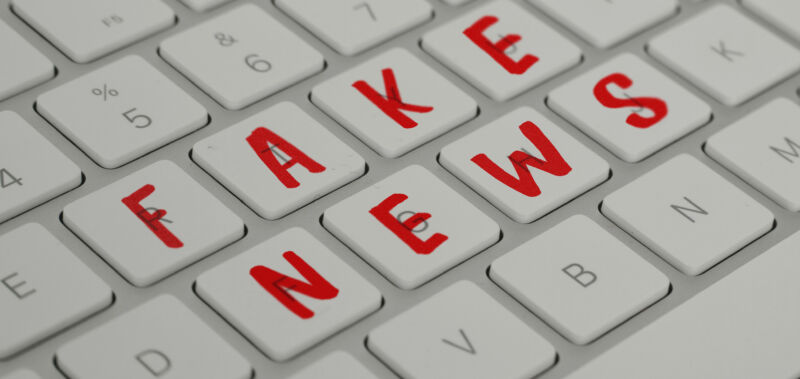Distraction, not partisanship, drives sharing of misinformation

Enlarge (credit: Lewis Ogden / Flickr)
We don't need a study to know that misinformation is rampant on social media; we just need to do a search for "vaccines" or "climate change" to confirm that. A more compelling question is why. It's clear that, at a minimum, there are contributions from organized disinformation campaigns, rampant political partisans, and questionable algorithms. But beyond those, there are still a lot of people who choose to share stuff that even a cursory examination would show was garbage. What's driving them?
That was the question that motivated a small international team of researchers who decided to take a look at how a group of US residents decided on which news to share. Their results suggest that some of the standard factors that people point to when explaining the tsunami of misinformation-inability to evaluate information and partisan biases-aren't having as much influence as most of us think. Instead, a lot of the blame gets directed at people just not paying careful attention.
You shared that?The researchers ran a number of fairly similar experiments to get at the details of misinformation sharing. This involved panels of US-based participants recruited either through Mechanical Turk or via a survey population that provided a more representative sample of the US. Each panel had several hundred to over 1,000 individuals, and the results were consistent across different experiments, so there was a degree of reproducibility to the data.
Read 14 remaining paragraphs | Comments